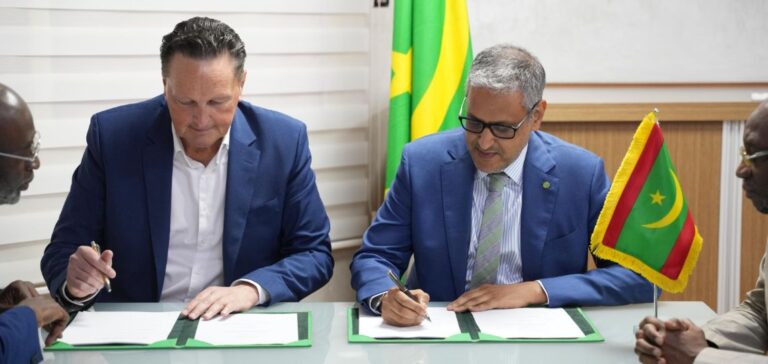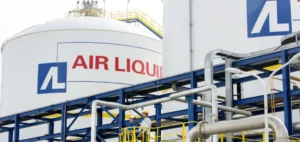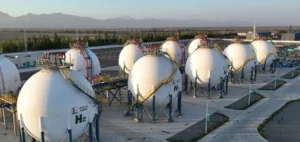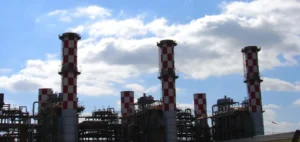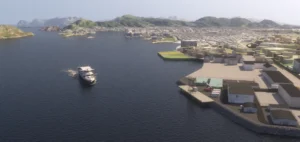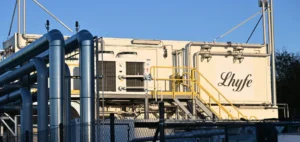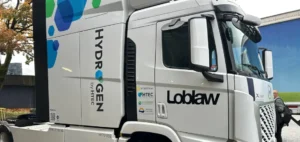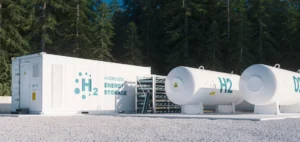Mauritania has attracted a major new investor in the green hydrogen sector with the signing of a historic agreement between GreenGo Energy and the Mauritanian government. This agreement marks GreenGo Energy’s first project in Africa, a strategic move in the renewable energy sector. The project, named Megaton Moon, will enable the production of green hydrogen, a rapidly growing sector that could transform the economy of this North-West African country.
An ambitious project for Mauritania
The Minister of Energy and Petroleum of Mauritania, Mohamed Khaled, and the CEO of GreenGo Energy, Karsten Nielsen, signed an agreement to develop the Megaton Moon project. The project will take place on 100,000 hectares near Nouakchott. According to projections, it will be developed in multiple phases between 2029 and 2033, with a total capacity of 6 GW of electrolysis, 6.8 GW of wind energy, and 6.3 GWp of solar photovoltaics at full capacity.
The first phase of the project, scheduled for the end of 2029, will include 500 MW of electrolysis, 600 MW of wind energy, and 600 MWp of solar energy. This will allow for the production of 339,000 tonnes of green ammonia per year, a key product for agricultural and industrial sectors. This development is supported by exceptional natural resources in wind and solar energy, a strategic asset for green hydrogen production.
An attractive economic model for investors
The Megaton Moon project benefits from numerous competitive advantages. The coastal location of the site will facilitate desalination and export, thereby reducing operational costs. Furthermore, the cost of producing green hydrogen in Mauritania is half that of Northern Europe, offering a highly attractive economic model for international investors. The country also has a favorable regulatory framework, marked by the introduction of Africa’s first Green Hydrogen Code, further enhancing its appeal for international projects.
With a prospect of massive investments in the green hydrogen sector, Mauritania is positioning itself as a key player in the global market. In 2023, over $74 billion were invested in this sector. The country thus joins a global dynamic that includes several large-scale projects, such as those by CWP Global, Chariot and Total Eren, and Infinity-Conjuncta, each aiming for large-scale hydrogen production with multi-billion dollar investments.
A turning point for Mauritania’s economy
Green hydrogen could represent a major turning point for Mauritania’s economy, which has traditionally relied on extractive industries. In 2021, the mining sector accounted for nearly 22% of GDP, but only 1% of jobs, highlighting the low diversification of the job market. The Megaton Moon project, by producing green ammonia and supporting industries like green steel and sustainable agriculture, could change this dynamic, offering new economic opportunities and a more sustainable development model.
The acceleration of the energy transition in Mauritania could thus contribute to reducing the country’s dependence on extractive industries and pave the way for industrialisation based on clean energy. Ultimately, this would strengthen the country’s energy sovereignty while attracting further foreign investment into this strategic sector.


